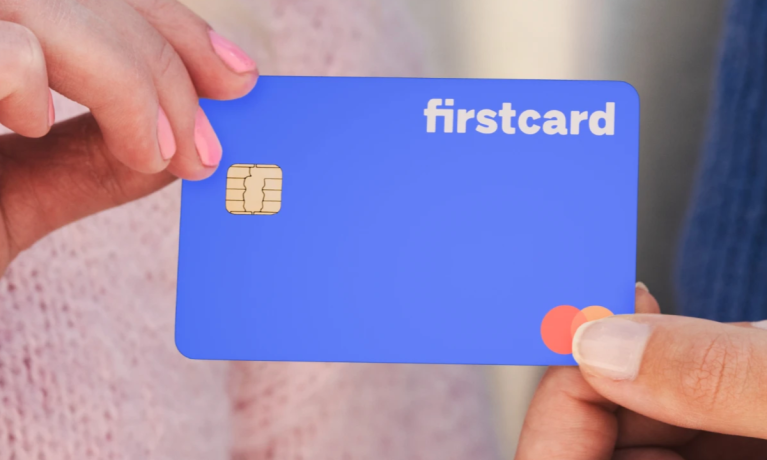
Credit-building platform Firstcard is expanding its focus from college students into new markets.
The company announced Thursday (Aug. 8) that it had extended its services to immigrants, international students, expats, non-U.S. citizens, and people with low credit scores.
“These underserved communities often face significant barriers in accessing credit cards and credit-building tools, which impedes their ability to establish and improve their credit scores and creates further financial barriers,” Firstcard said in a news release. “Recognizing this broader need, Firstcard made a strategic decision to expand its market to help more people build credit.”
In addition to the expansion of its market, Firstcard said it has also launched a new brand identity and website.
“Our new brand is designed to resonate with and reflect the characteristics and aspirations of Firstcard’s diverse community of members who are navigating the complexities of credit building and striving to achieve the American Dream,” said Ma Qing, the company’s chief marketing officer. “The modern and bold design of the new brand captures the energy and ambition of the communities we serve.”
PYMNTS looked at the plight of the credit-marginalized consumer earlier this year, arguing that these people were especially at risk for financial devastation following an unexpected expense.
Unexpected expenses can hurt any consumer, but for those who are struggling with credit-related issues, the blow can be especially devastating.
For consumers who were rejected for at least one credit product in the last year, “PYMNTS Intelligence data shows they are on a bit of a collision course with financial danger, as they are both 47% more likely than the average consumer to cross paths with an unexpected expense and more than twice as likely to turn to high-interest credit products to provide some relief,” that report said.
That data also shows that 18% of credit-marginalized consumers turn to cash advance loans to help cover the debt, which is 2.2 times the rate that the average consumer would do so.
The report also found that 14% of credit-marginalized people apply for payday loans, which is also more than twice the rate of the average consumer. Credit marginalized consumers are also more likely to turn to home equity loans (12%, or 2.3 times the rate of the average consumer) and pawn shops (11%, which is 2.6 times the average) to cover unexpected debt.
“Because these solutions come with higher-than-average interest rates, their overall debt is usually compounded, putting them under additional financial strain,” PYMNTS wrote.
However, the research also found that other ripple effects occur when unexpected expenses hit, such as a decline in credit scores, or overdraft fees.